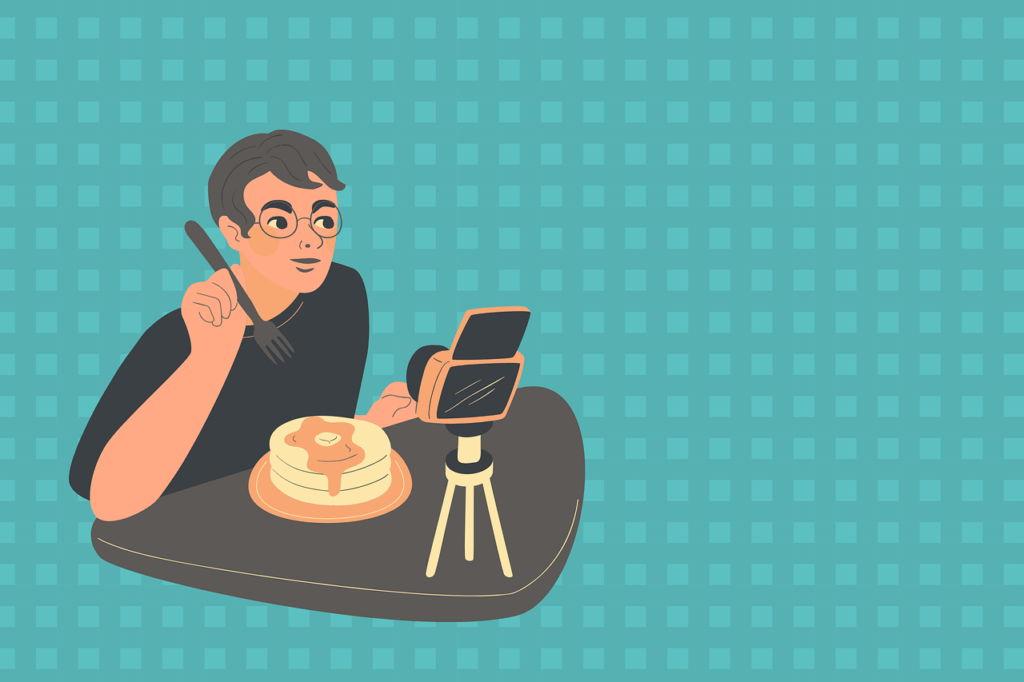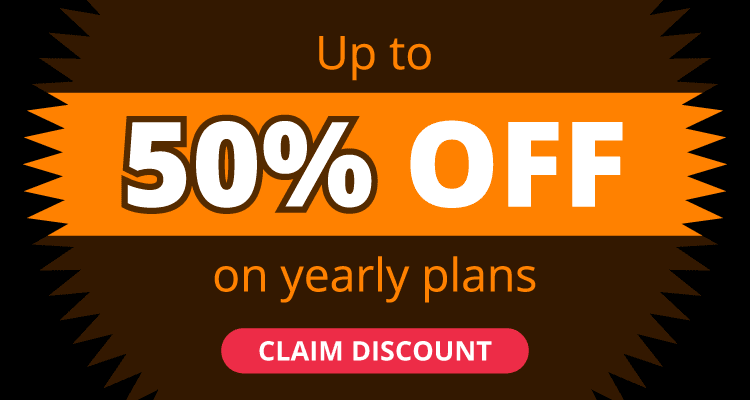In recent years, the number of creators has increased significantly—and most of them do all the creative work themselves. Aside from writing and filming their content, they also work through the rest of the process, including editing and promotions. This can be tiring and challenging as it requires a lot of time and effort.
Most of the challenges that creators deal with are similar to situations that happen in traditional workplaces. The good thing though is that these companies rely on automation to surpass the challenges. Creators can also benefit from smart systems to improve workforce management. Automation can enhance their organization process, which can help minimize (or even eliminate) burnout. Creators will then have time to work on other important matters.

Automation works for both big businesses and creators. It provides creators with opportunities to improve, grow, and become more efficient. However, they need to know how to poperly use automation if they want to work smarter.
What follows is a discussion of what creators can learn from how traditional workplaces use automation.
The Popularity of Automation in the Workplace
With the popularity of automation continuously rising, businesses have experienced a positive transformation. Workers and teams are more efficient because reporting, scheduling, data entry, and other manual tasks are now automated. This has helped employees focus on other equally important tasks, such as planning, scheduling, data entry, reporting, and other manual tasks.
Adapting automation is not about replacing human workers and creators. It is about minimizing repetitive work and giving them more time to focus on tasks that require innovation, empathy, and creativity.
Creators and the Solo Hustle
The majority of creators, especially among the new ones, believe that they should do everything themselves. For them, the solo hustle is comparable to a badge of honor. So they do everything that they can—answer inquiries, manage their calendar, shoot, and edit in the shortest time possible. Over time, however, this can lead to inefficiency, inconsistency, and burnout.
This was a familiar scenario in traditional workspaces before they transitioned to automation. In such environments, those who worked long hours were praised for their hard work and dedication. When automation came along, these companies realized the importance of balance and efficiency in delivering maximum results. They adopted a new mantra: working more efficiently is better than working more hours. This mantra applies to creators, too.
Lesson 1: Eliminate Repetitive Tasks
One of the most significant advantages of switching to automation is the ability to minimize or altogether eliminate repetitive tasks that require constant or full attention. Creators can benefit from this advantage by using tools to simplify or automate their day-to-day tasks.
- Automated scheduling of posts: With automation, creators do not need to spend a lot of time manually posting content on all their platforms. Scheduling tools are easy to use and publish content automatically. Creators can even choose the day and time they want to publish a post. As such, posting remains consistent even on busy days.
- Email management is easier: Creators can use auto responses and email templates instead of manually replying to all emails. This is especially useful when coordinating with brand collaborations or when answering inquiries.
- Easier to track analytics: Creators will receive automated reports. This makes it easier to monitor what’s performing well and what doesn’t word without having to go through multiple dashboards.
Streamlining tasks gives creators more time to work on more essential work, such as creative tasks like storytelling, connecting with their audience, and brainstorming. They do not lose control of anything; instead, they gain creative freedom.
Lesson 2: Improve Creativity by Using Data
In traditional workplaces, automation depends on data in coming up with smart decisions. Creators on the other hand rely on the valuable insights they gather—the time their followers are most active and the posts that perform best are some examples. Using these data can help improve creativity. Here are some suggestions to ensure collected data is used properly.
- Monitor and analyze best-performing content: Knowing and understanding why specific posts worked in the is the best way for creators to understand what their audience wants. They learn from data they gather and use the information to improve their content and strategy.
- Audience behavior matters: Insights can help identify the best times for posting. Relevant information includes the location of followers and the time they engage.
- Data as guide, intuition for art with a heart: Data provides information for creative direction, but blending art and logic is the goal, and this is where intuition comes in. Adding a human touch will help creators establish a connection with their audience.
Using data thoughtfully will make creators more confident and help them create authentic content designed for impact.
Lesson 3: Collaboration Matters
The current environment in workplaces benefits from advanced seamless automation. Teams can easily communicate, manage files, and share projects—and they do not need to be in one place. Automation works even if team members are in different time zones. Creators can also benefit from a similar environment.
- Collaborate with specialists: Creators learn to collaborate and share tasks with specialists, including project/content managers, graphic designers, and editors. These specialists are trained to handle specific tasks. When creators delegate, they get more time for core creative work.
- Benefit from shared tools: Tools such as project boards and cloud drives are vital for collaboration. Creators can easily organize tasks, projects, and content. They do not need to manually sort, store, and send emails, or send project details to team members individually.
- Building creator communities: Automation gives creators a venue for establishing connections with other creators. They can share feedback, offer support, or create joint projects. They can create a creator community and motivate each other to come up with new ideas.
Collaboration enhances creators’ individuality. Once they stop the solo hustle and agree to collaborate, their strengths are magnified and they produce better results.
Lesson 4: Encourage Sustainability
Workplace automation encourages sustainability. The systems that businesses create are seamless and work well even when teams are far from each other, are on a break, or are focused on new goals. Creators can benefit from this system as well.
- Creating bulk content: Making and publishing batches of articles, videos, and designs at once helps prevent stress and inefficiency. It also encourages consistency throughout the process.
- Templates are there for a reason: Making use of templates, including those for email outreach and social media captions, will help creators maximize their time and enhance style consistency.
- Automated reminders work: Monitoring schedules and tasks, such as invoicing and social media posting, helps ensure that projects are delivered on time.
A sustainable system will prevent creators from burnout. Such systems are focused on providing a venue or platform for consistent and long-term growth. They won’t need to keep catching up just to make the cut. Organized and automated processes allow creators time and space to work on fresh ideas and equally important tasks.

Automation Focuses on What Matters
To summarize, automation is not about reducing tasks and doing less, it is about allowing creators more time to focus on what matters most. They’ll have more time to connect with followers and fellow creators, to experiment, and to brainstorm, among other creative tasks.
Through workplace automation, creators can enhance their creative process so they can produce better content and deliver better results. This means increased focus, improved efficiency, reduced stress, and more fulfillment.
Automation provides balance in workplaces in creator studios so that even the most technical task does not display only creativity but also the human touch. Creators can keep imagining, creating, and inspiring without sacrificing time, quality, and their sanity.



